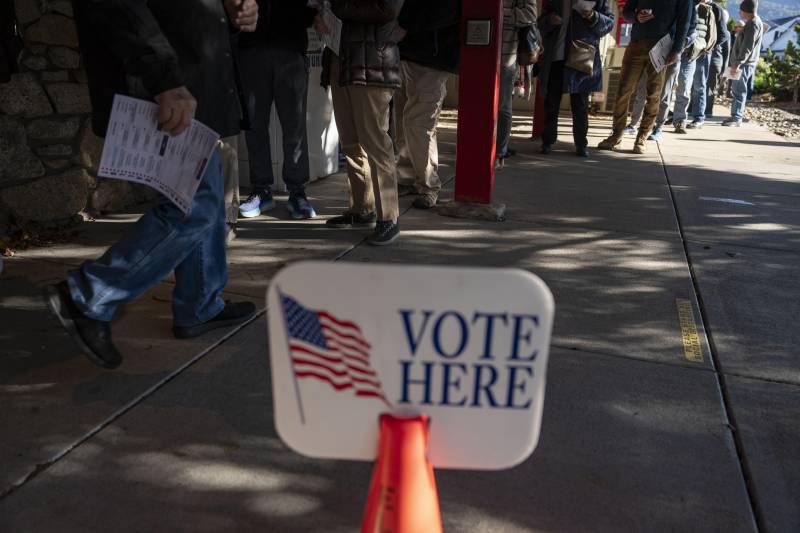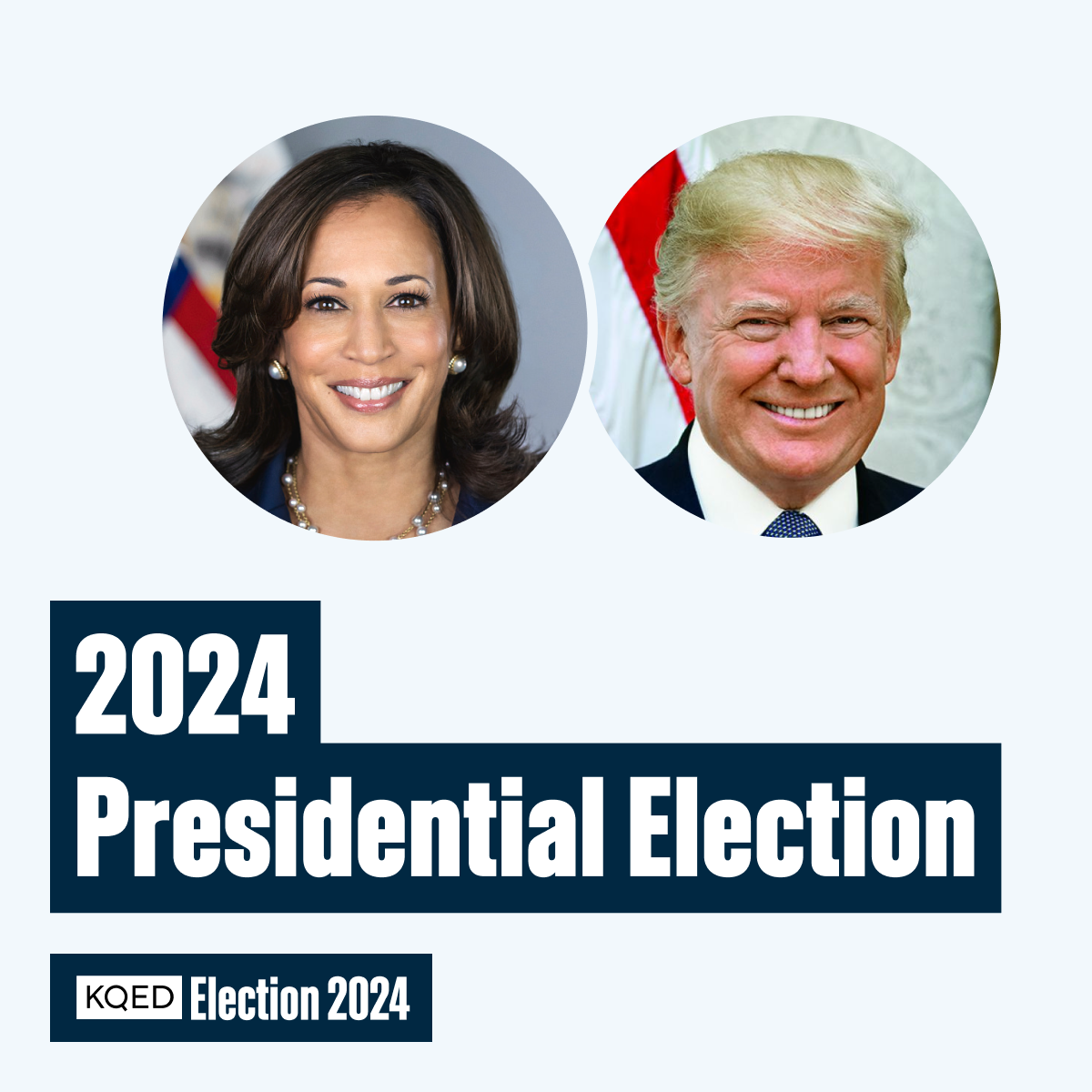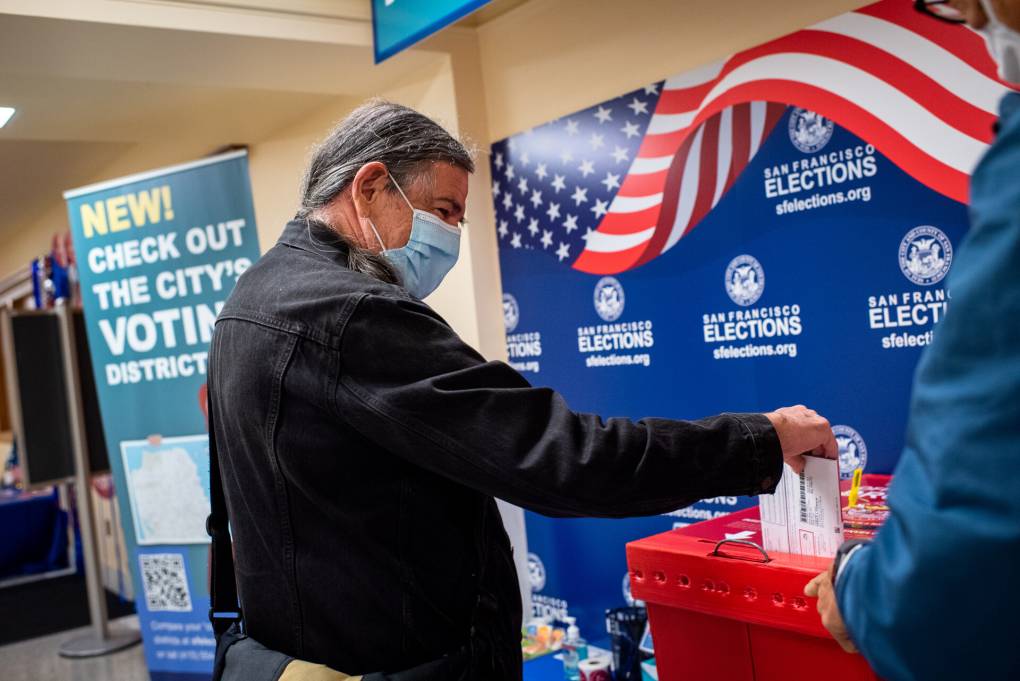But if this year’s election did end 269–269, the U.S. Constitution does have a plan for what happens next. Experts and scholars point to Article II as well as the 12th Amendment to outline how this would work.
Elaine Kamarck, a senior fellow at the Brookings Institution who has written a lot about presidential elections and presidential nominations, said we “have a pretty good rulebook” for where things go if there is a tie.
Ultimately, she said, the election moves to the U.S. House of Representatives, where the newly elected members of Congress would first have to be sworn in and then vote on who becomes president.
Each state – regardless of the size of the state’s delegation – would then get one vote.
“I don’t know if they would deliberate or not or just take a poll,” Kamarck said. “In some cases, it’d be pretty easy. And they would cast their vote for one of the people who finished in the Electoral College.”
Because it is unlikely third-party candidates will win any electoral votes this year, so each state would have to vote for either Trump or Harris.



